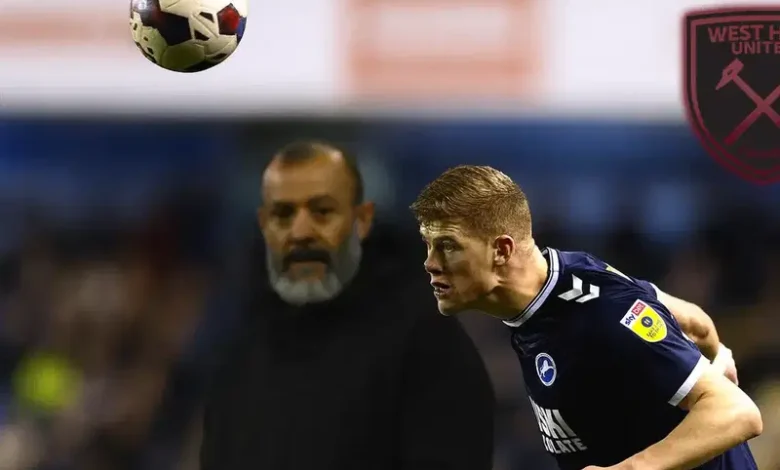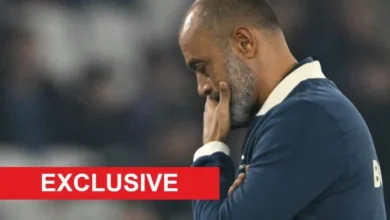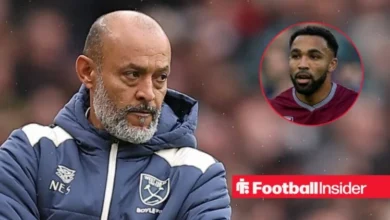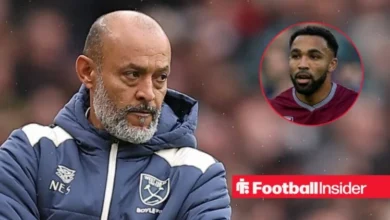“West Ham Set to HAND OVER £2,000,000 JACKPOT to Bitter Premier League Rivals in Shock Transfer Clause That Will Leave Hammers Fans ABSOLUTELY FUMING! You Won’t Believe Who Gets the Cash!”

The transfer rumours surrounding West Ham are steadily solidifying, with tentative links now shifting into genuine interest as the club looks set to revisit its incomplete summer business.
Nuno Espírito Santo is keen to reinforce his squad, and the Irons appear ready to explore options they previously passed on.
One such opportunity was the chance to sign Charlie Cresswell from Toulouse for a modest £16 million.
That decision may now prove costly for David Sullivan, as January prices typically rise and the French side are determined to keep their squad intact.
If Sullivan decides to push ahead this winter and meet the expected fee for the England U21 centre-back—believed to be between £18 million and £20 million—he would inadvertently hand relegation rivals Leeds United a welcome financial boost.
Leeds inserted a 15% profit sell-on clause when they sold Cresswell to Toulouse for just £3.8 million eighteen months ago.
According to the Yorkshire Evening Post, a sale at around £18 million would earn them a tidy sum:
“Leeds United eye £2m cash boost as Premier League relegation rivals linked with shock transfer: West Ham were briefly linked with summer interest in Cresswell and, according to talkSPORT, could revive their pursuit once the January window opens.
Defensive reinforcements are expected to be a priority for manager Nuno Espírito Santo, whose side remain in the relegation zone despite back-to-back home wins.”
Strengthening West Ham’s defence will undoubtedly sit high on Nuno’s agenda. The current partnership of Todibo and Kilman has shown vulnerability, and the summer sale of Nayef Aguerd—without securing a replacement—left a noticeable gap.
With Konstantinos Mavropanos still sidelined by injury, bringing in Cresswell could provide vital support at exactly the right moment.



